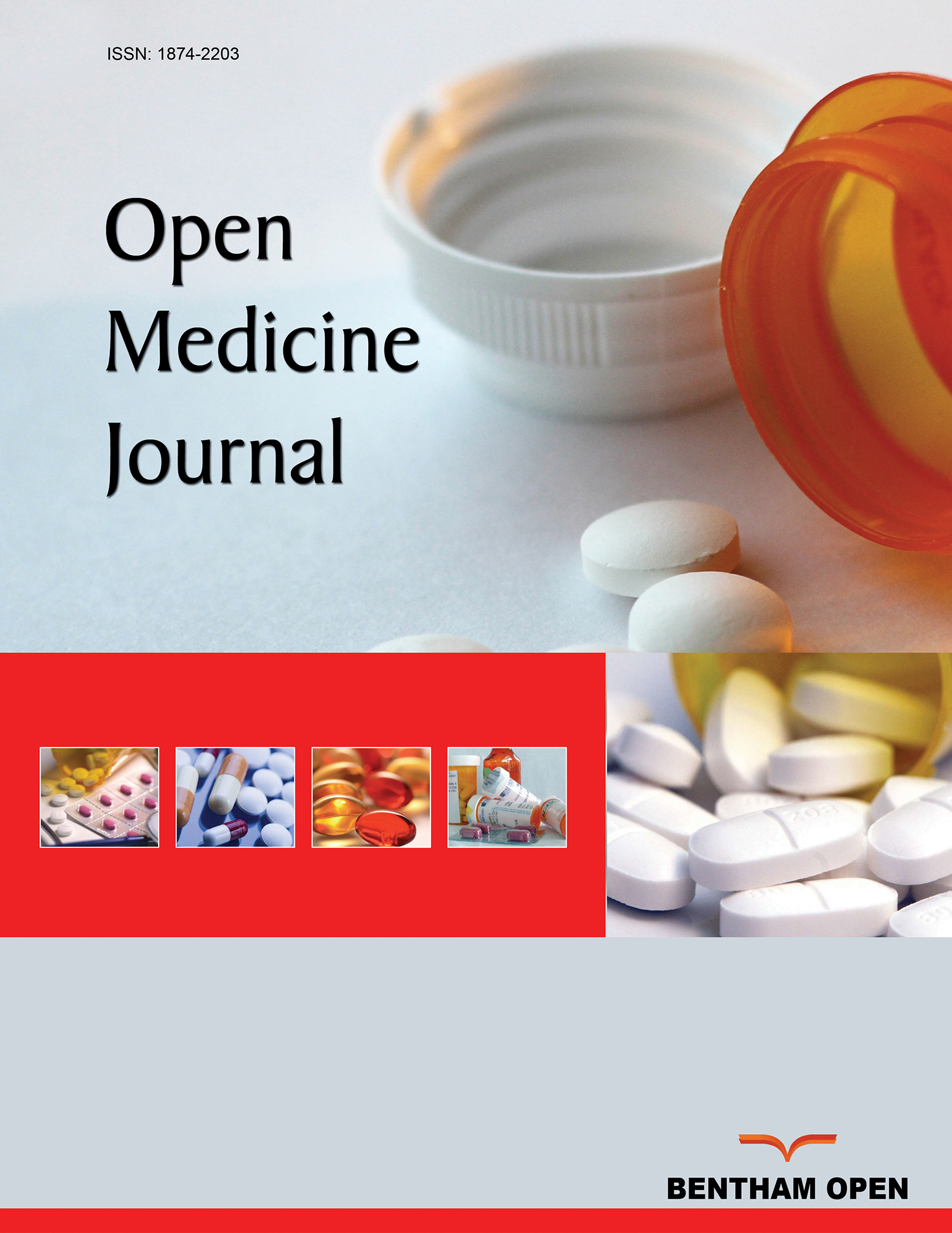All published articles of this journal are available on ScienceDirect.
The Natural History of Hepatit is C Viral Infection: Clinical Evaluation and Monitoring
Abstract
Hepatitis C virus (HCV) infection is one of the most common causes of chronic liver disease in the world and represents a substantial burden on global health systems and individual patient wellbeing. Routine screening for HCV in certain high-risk populations is appropriate. HCV can cause both an acute and chronic hepatitis, and manifests as a variety of hepatic and extrahepatic symptoms, largely influenced by a combination of host and viral factors. It can be difficult to predict clinical outcomes in individual cases. In those who suffer a chronic infection, progression to cirrhosis carries the risk of decompensation and hepatocellular carcinoma. The natural history of HCV infection and our understanding of risk factors that are predictive of disease progression are discussed.


